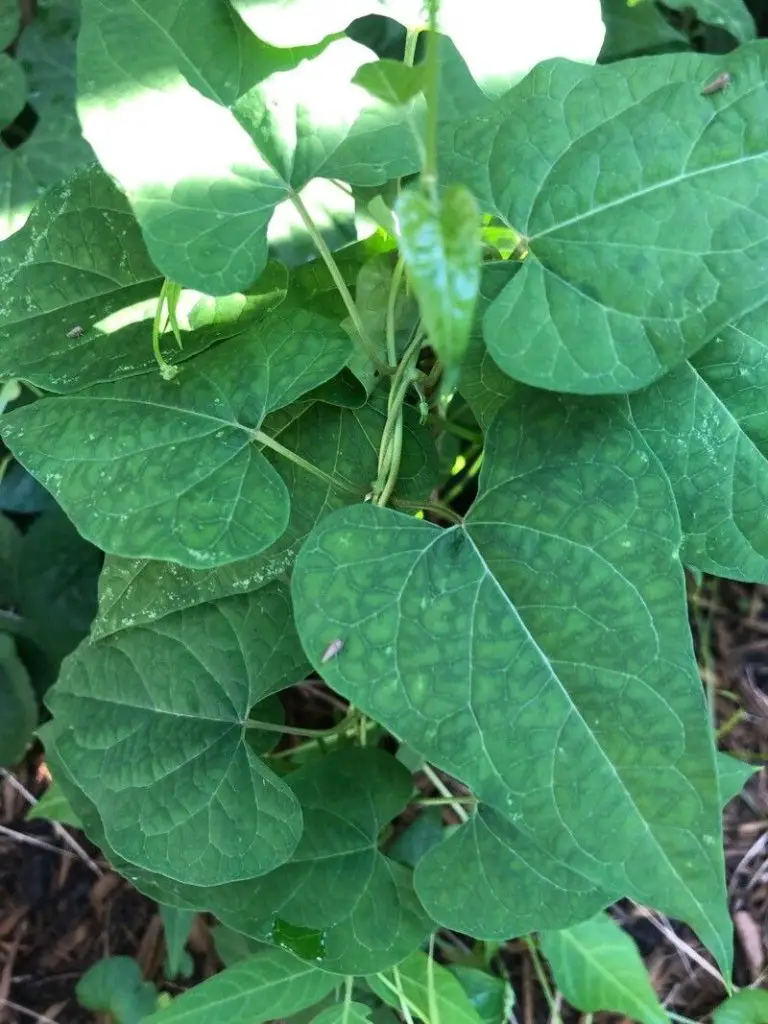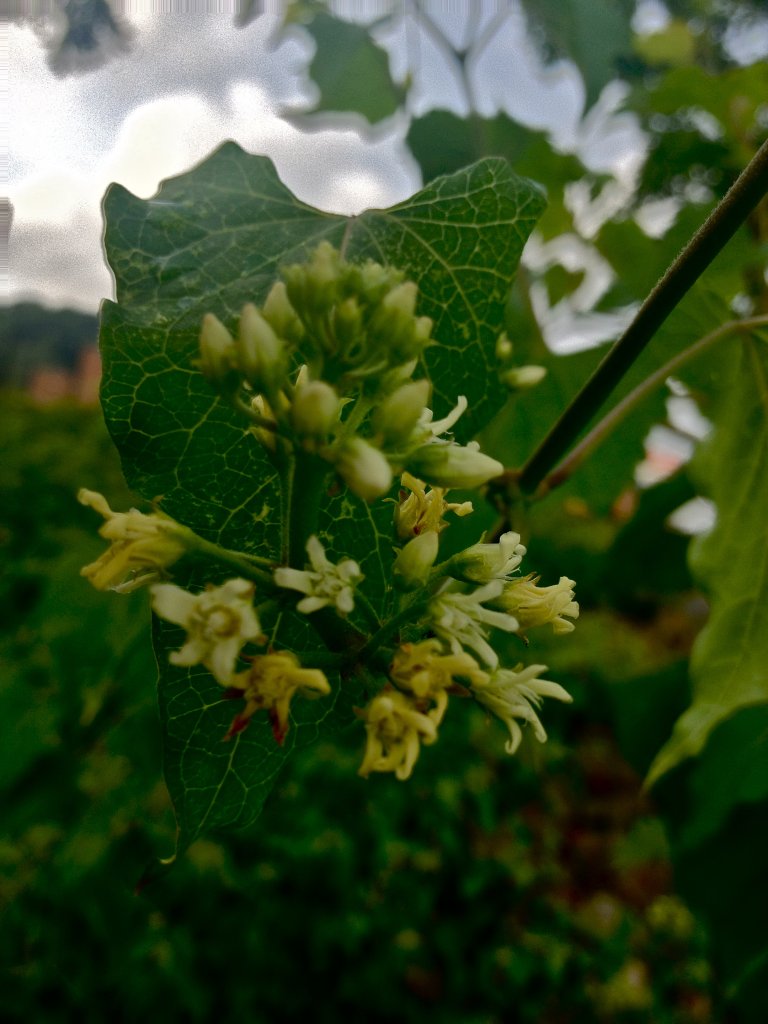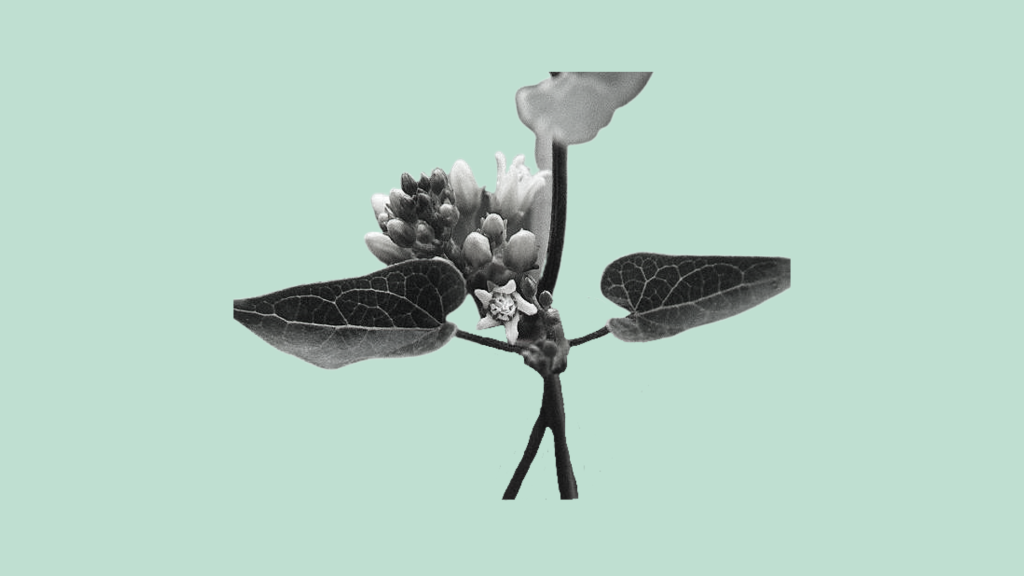Cynanchum laeve or honeyvine is a vining perennial herb native to central and eastern U.S. states and Ontario. Unfortunately, this isn't a vine you can add to your edible plant database.
Cynanchum Laeve Plant Profile
The scientific name for honeyvine is Cynanchum laeve, but it also goes by many other common names, including:
- Sand vine
- Honeyvine milkweed
- Bluevine milkweed
- Climbing milkweed
- Smooth swallow-wort
Cynanchum laeve is part of the flowering family Apocynaceae, also known as the milkweed or dogbane family.
Honeyvine can be a friend or foe. It is a vital larval food source for monarch butterflies and milkweed tussock moth larvae. But, it can also be invasive because of its root system, which can be extremely difficult to eradicate, particularly in agricultural fields.
What Are You Foraging For Right Now?
We're thrilled to hear your ideas. What would you like to submit today? Feel free to share your thoughts and experiences with us.
In 1803, Cynanchum laeve was originally termed Gonolobus laevis Michx. Although it is currently under the International Plant Names Index as Cynanchum laeve Pers, other synonyms include:
- Ampelamus albidus (Nutt.)
- Britton
- Ampelamus laevis (Michx.)
- Krings
- Gonolobus laevis
- Michx
Honeyvine Identification
Cynanchum laeve is easily identified as a twining vine with heart-shaped and opposite leaves, distinctive flowers, ‘milkweed pods’ follicles, and milky sap. The developing stems are light pink and, when broken, produce a milky sap.
You’ll notice that the flowers are vase-shaped with five white petals that occur in clusters on short stalks.


Where does Honeyvine Grow?
Cynanchum laeve is a native plant to North America, with a stable distribution in the central United States and Ontario, Canada.
Requiring soil on the moist, fertile scale, you’ll most often find it growing in:
- Thickets
- Riverbanks
- Low moist fields
- Cultivated fields
- Fence rows
- Roadsides (under the right conditions)
But, this north American native can tolerate pretty much any soil, which might be one of the reasons it’s considered so aggressive.
Is it an Invasive Plant?
Unfortunately, many consider the honeyvine to be both aggressive and invasive.
The truth is that you’ll never be able to get rid of it once it has bloomed and produced seeds.
Are any Parts of the Plant Edible?
You should not eat Cynanchum laeve. It is not an edible plant in any form, and care should be taken when handling this plant.
If the sap gets into your eye, it can severely cause eye irritation and damage the mucous membranes. What’s worse, this plant can be toxic to humans when consumed in large quantities.
Always wash your hands thoroughly after handling this plant.
Even when livestock is fed hay containing creeping milkweed, it can be toxic in large quantities.
Cynanchum laeve garden uses
If you’re interested in planting the creeping milkweed to feed the insects in your garden, you can do it.
The honeyvine is a well-known food source for caterpillars of monarch butterflies. In addition, the larvae of Euchaetes egle, also known as milkweed tussock moth, consume Cynanchum laeve.
This occurs mainly in the Eastern and Western United States, where Cynanchum laeve and plants are an essential food source during these moths’ larvae development.
Lorin is a writer, photographer and nature enthusiast in Sacramento, CA. In addition to gardening, she makes a regular practice of forging for edible plants and flowers. Nature nourishes if you know where to look.

